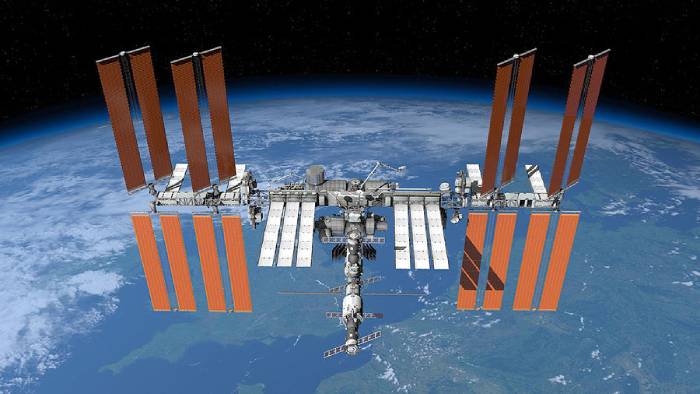According to newly released plans defining the International Space Station’s future, NASA proposes to keep it operational until the end of 2030, after which it would be crashed into a remote section of the Pacific Ocean known as Point Nemo.
The space station, which was launched in 2000 and has orbited 227 nautical miles above Earth, has hosted more than 200 astronauts from 19 different countries, symbolising a continuous human presence in space.
Commercially managed space stations, according to NASA, will take the place of the ISS as a venue for collaboration and scientific research.
“The private sector is technically and financially capable of developing and operating commercial low-Earth orbit destinations, with NASA’s assistance. We look forward to sharing our lessons learned and operations experience with the private sector to help them develop safe, reliable, and cost-effective destinations in space” In a statement, NASA’s director of commercial space, Phil McAlister, said.
“The report we have delivered to Congress describes, in detail, our comprehensive plan for ensuring a smooth transition to commercial destinations after retirement of the International Space Station in 2030.”
Space graveyard
According to NASA’s International Space Station Transition Report, the ISS was supposed to crash to Earth in the South Pacific Oceanic Uninhabited Area, also known as Point Nemo. The deorbit, according to the report’s budget projection, will occur in January 2031.
Point Nemo is the farthest point in the ocean from land, and has been a watery burial for many other spacecraft. It is named after the submarine sailor in Jules Verne’s novel “Twenty Thousand Leagues Under the Sea.”
Since 1971, space-faring nations such as the United States, Russia, Japan, and European countries are thought to have sunk more than 263 pieces of space debris in the area, which is around 3,000 miles off New Zealand’s eastern coast and 2,000 miles north of Antarctica.
The ISS would conduct thrusting manoeuvres to achieve “safe atmospheric entry,” according to the article.
Third decade
For the next eight years, the ISS will not rest on its laurels. According to the paper, NASA’s plans for the next decade include using the ISS as a “analog for a Mars transit mission.”
“The International Space Station is entering its third and most productive decade as a groundbreaking scientific platform in microgravity,” said Robyn Gatens, director of the International Space Station at NASA Headquarters, in a statement.
“This third decade is one of results, building on our successful global partnership to verify exploration and human research technologies to support deep space exploration, continue to return medical and environmental benefits to humanity, and lay the groundwork for a commercial future in low-Earth orbit.”
Many scientific firsts have occurred aboard the space station. In 2014, the first 3D-printed item was sent to the International Space Station. In 2016, NASA astronaut Kate Rubins became the first person to sequence DNA in space. In 2018, NASA’s Cold Atom Lab on the International Space Station created the fifth state of matter, known as a Bose-Einstein condensate, in space.
In space, astronauts have discovered how to cultivate lettuce and other leafy greens. In 2015, astronauts tried the first salad grown in space. On the station, they’re even growing radishes and chilis now. This could one day be utilised to assist astronauts in growing their own food on long-duration space missions.
Last year, China launched the first module of their planned space station, despite the fact that its astronauts had long been barred from the ISS. The Chinese space station, albeit not as huge as the ISS, is anticipated to be completely operational by the end of this year.
Russia has announced that it will exit the International Space Station project in 2025 and will instead build its own space station, which might launch in 2030.
- NCAA Beach Volleyball Championship 2025: Full Bracket, Schedule and How to Watch - April 25, 2025
- Mercuryo Launches Mastercard-Powered Crypto Debit Card via Ledger Wallets - April 25, 2025
- NFL Draft 2025 Live Stream: How to Watch Without Cable - April 25, 2025



